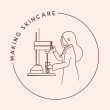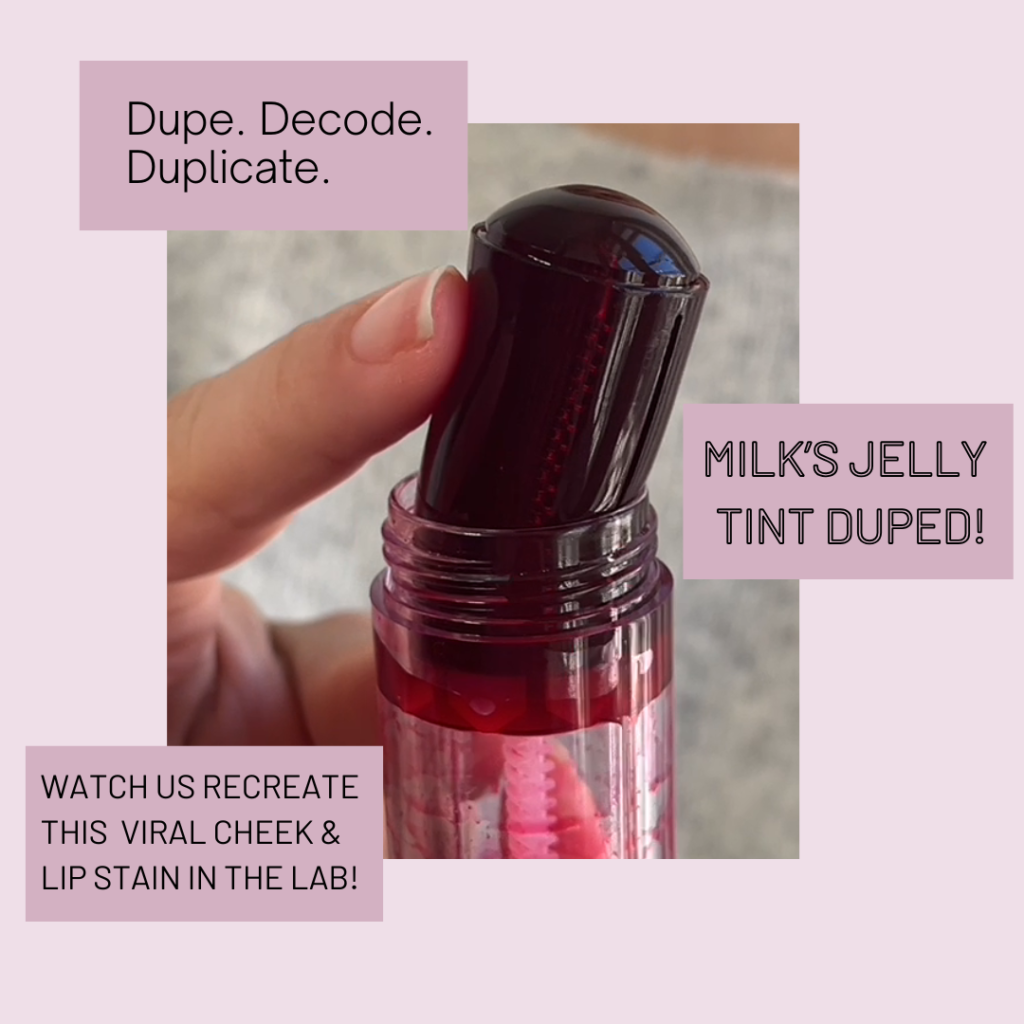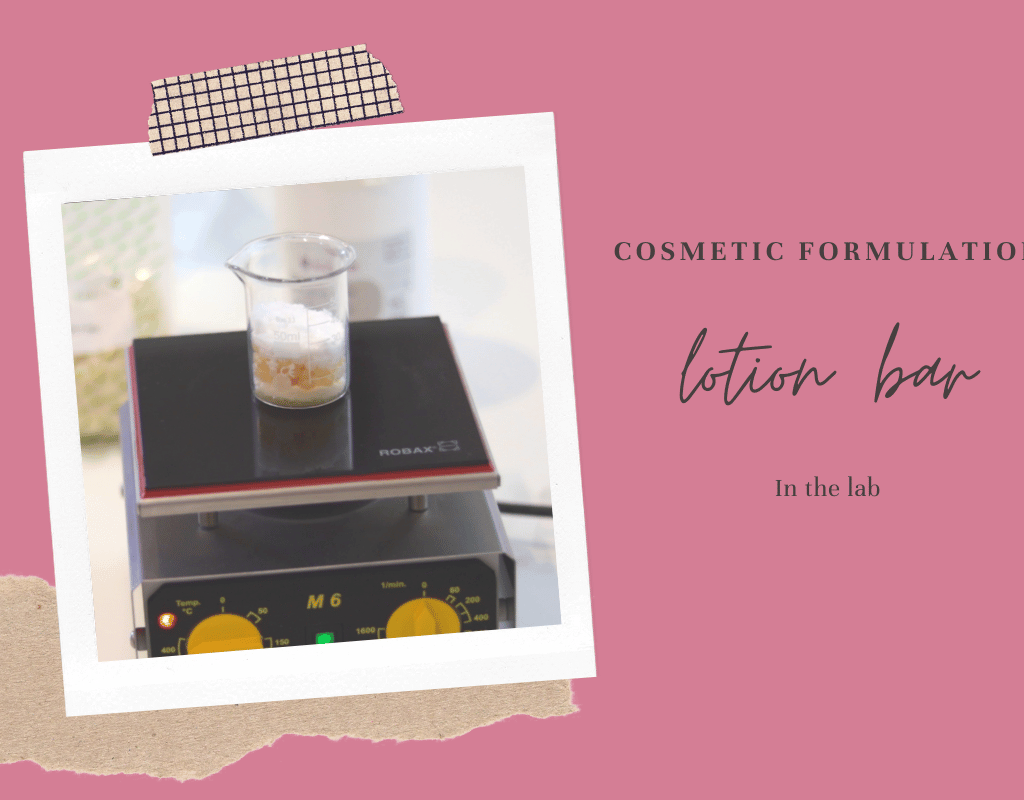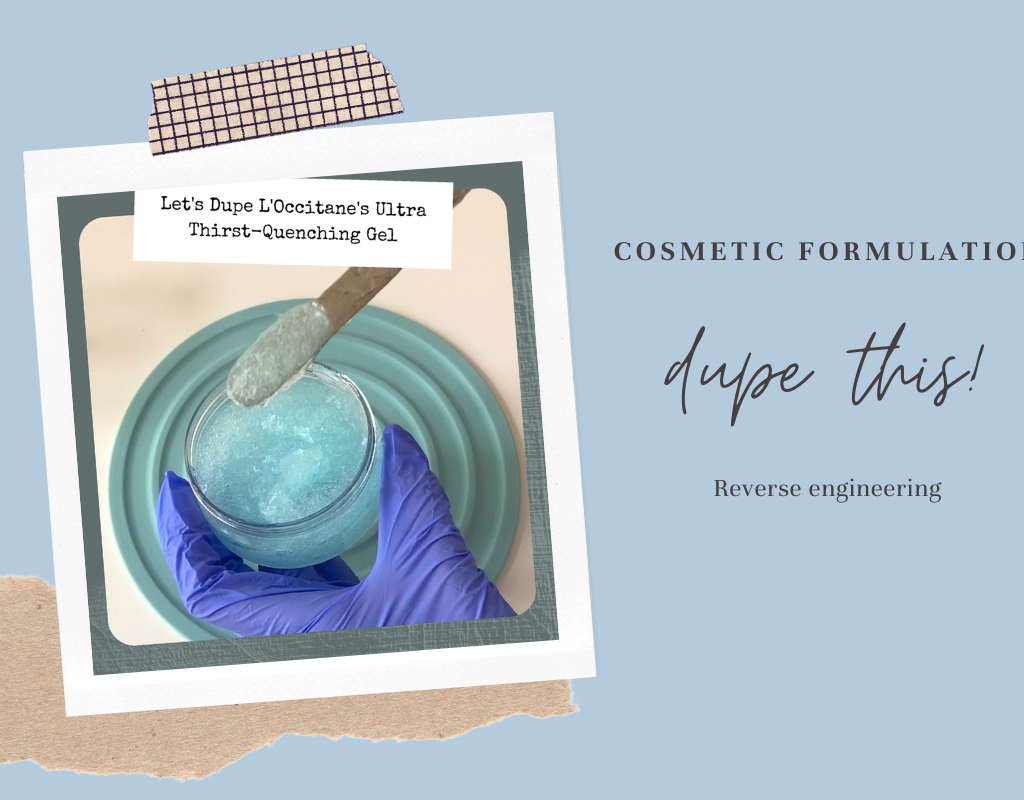Learn how to formulate Our scientist below gives you the tools and knowledge to formulate professionally
Vital formulation information – click the heading below
Did you know, despite what the supplier says, very few natural preservatives actually work. Learn which natural emulsifiers are effective, how much to use and how to pair them up. As stabilisers are vital for any emulsion, we teach you which ones to use. Do you know how to scientifically access whether an active truly works?

Preservatives
Very few natural preservatives actually work, despite what the supplier says. Click the heading above to learn which natural preservatives are effective, how to pair them up and pass preservative tests

Lotion & Cream Tutorial
Most lotion formulas are unsafe, Click the heading above to learn how to make emulsions properly and safely

How to make an emulsion stable
Click the heading above learn how much emulsifier to use, which natural emulsifiers are effective, how to pair them up and why stabilisers are vital

How to formulate like a pro
Click the heading above to learn how to formulate professionally – how to know which actives really work, how to make improve your lotion, which resources to use, which natural preservatives actually work.

Ingredient Suppliers
Click the heading above to access our worldwide ingredient supplier list

Lotion & Cream Calculator
Click the heading above to access our formulation calculator for different skin types including ingredient costs

Surfactant calculator
Most surfactants are diluted so working out how much to use can be challenging, even for formulators who are great at math. Click the heading above to access our calculator which does all the work for you.

% to Weight & Costs Calculator
Click the heading above to access our formulation calculator which converts % to weight and also calculates ingredient costs

Free online course
Click the heading above to access our free online course. We collaborated with Chemists Corner and Swiftcraftymonkey to bring you this formulation course. Work through the units at your own pace and receive a certificate.
Most popular educational posts
We are passionate about teaching how to formulate in a professional, safe way.
Behind the Scenes: How We Recreated Milk Makeup’s Cooling Jelly Tint
Let’s make multi-chrome (3 colors in 1), gel eyeshadow
This article (video below), reveals how to create vibrant, mesmerising multi-chromatic eyeshadow. Each of these…
Exploring SeaBalance, a new natural cold process emulsifier
SeaBalance 2000 from CarbonWave is a new COSMOS approved, natural, cold-process emulsifier derived from sargassum…
Make a lotion bar which doubles up as a conditioner bar
Sustainable, solid cosmetics are trending. Our natural, moisturizing lotion bar recipe is easy to make….
Making conditioner with Palm Oil Free CosmeGreen ES1822+
Hair conditioners contain cationic surfactants which condition the hair. These cationics adsorb (rather than absorb)…
Let’s Dupe L’Occitane’s Ultra Thirst-Quenching Gel
To understand the process of how to reverse engineer a cosmetic product, check out the…






